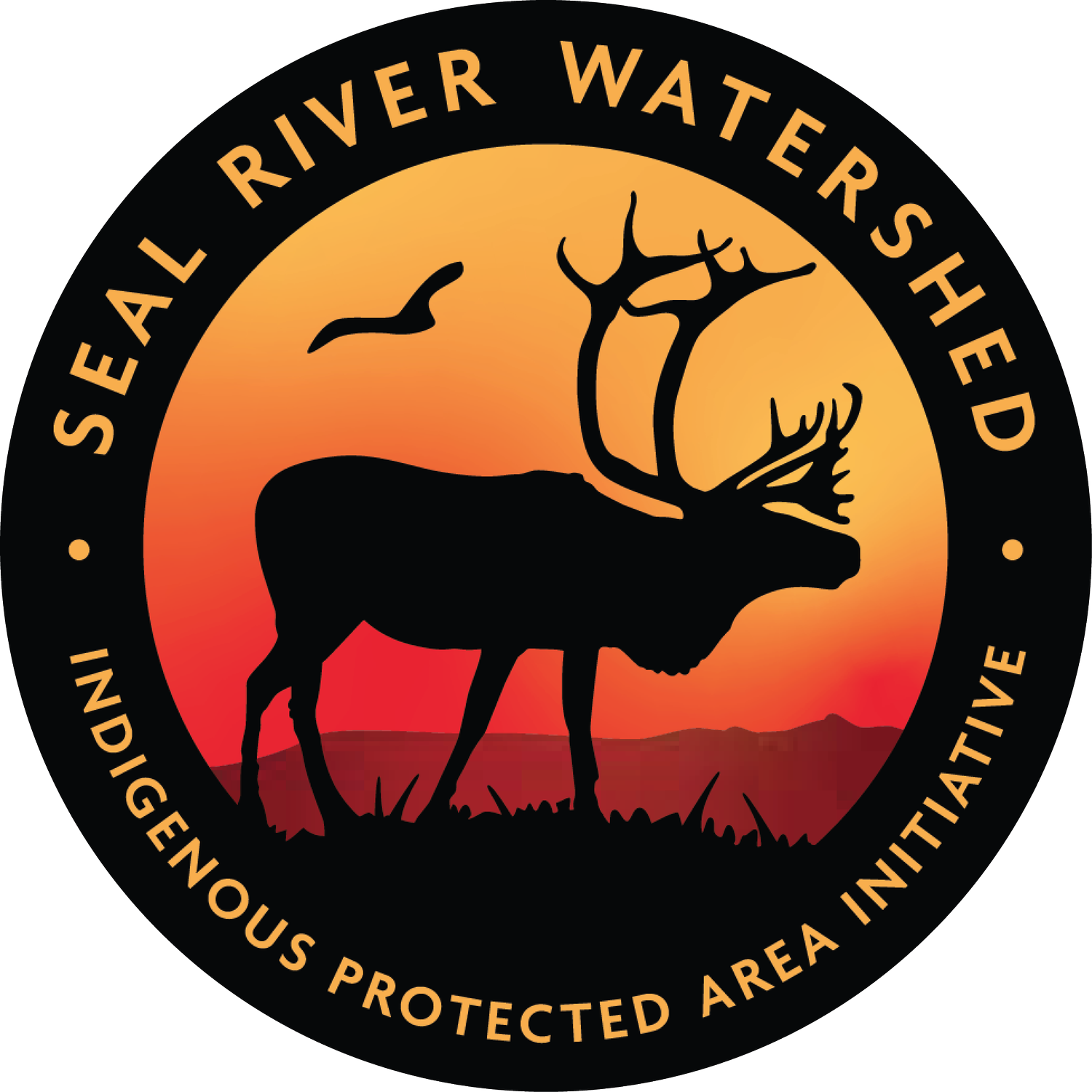Our Land Full of Song: Indigenous & Western Science Finds 102 Bird Species in Seal River Watershed
October 2, 2024
Land Guardians, Elders, and Land Users partner on a study that shows the Seal River Watershed is a haven for migratory birds in a time when birds are losing habitat elsewhere.
Elders and land users from our four First Nations know the Seal River Watershed makes a good home for birds. For generations, our communities have watched them nest, grow, fly south, and return each spring. We have told stories about these birds and named our children after them. Now we are sharing some of our bird knowledge with the world.
The Seal River Watershed Alliance and the National Audubon Society just released a report showing that 102 bird species rely on the watershed.
The report confirms the power of respecting Indigenous science: a previous report from 10 years ago that used only western science found only 70 species.
“It’s really important to show the world the strength and success of including two types of knowledge,” said Stephanie Thorassie, the Executive Director of the Seal River Watershed Alliance. “We got better results with this study because we combined Indigenous and western science.”
People in the watershed are used to seeing an abundance of birds, but that’s not common in other places. In the last 50 years, the bird population in North America has dropped by nearly 3 billion birds.
“We know the watershed still supports many birds, and many migrate from here to the United States and all the way to South America,” said Thorassie. “This report helps us prove what we’ve been saying all along: protecting the watershed matters not just for us but for the world.”
The healthy, intact land of the Seal River Watershed provides habitat for over 102 bird species.
New Era for our Four First Nations Working with Western Scientists
Like many Indigenous communities, Alliance First Nations have been approached before about scientific studies. Usually this means outsiders survey our lands, and instead of asking about our millennia’s worth of knowledge, the input they want from us is where to find a boat driver. They often bring their own equipment, which doesn’t support the local economy. And once they leave, we rarely get access to the data they collected from our territories.
This bird project was different from the start. Audubon asked to form a research partnership with the Alliance. We shaped what the project would look like together, including the approach of deploying audio recording devices (ARU) to capture bird song.
Land Guardian Lianna Anderson and SRWA Founder Ernie Bussidor place an audio recording device to capture bird song in the Seal River Watershed.
Our Land Guardians took the lead on the ground. They learned how to program the ARUs and hooked them up to the required technology. They consulted Elders and land users about the best locations to place the ARUs based on their knowledge, experience on the land, and stories.
Land Guardians also talked with them about safety when deploying the ARUs—where they had to pay attention to ice conditions and where it was better to hike because water levels were too low for a boat. Outsider scientists working alone wouldn’t have this expertise.
Altogether, the Land Guardians set out 28 ARUs, which recorded 12,000 hours of bird song and other sounds over three years. Our Audubon partners used computers to analyze the recordings and help identify bird species.
Including Dene and Cree Language in the Study
The Alliance’s Advisory Committee has always urged us to utilize Indigenous languages in the work we do, so we incorporated that into this study. When Audubon sent us the list of bird identified through the recordings, we committed to including as many Dene and Cree names as possible.
The Land Guardians organized translation events in the four Alliance communities. They set up at the band offices, offered food, and invited people to come and share knowledge.
Elders from all four Alliance communities helped ensure the report included bird names in Dene, Cree, and syllabics.
There are usually reasons behind our animal names. There isn’t often a simple translation, but instead there are stories—including funny stories—about how that name came to be. So the translation events became full of laughter and memories.
The report now includes bird names in the Dene, Cree, and syllabics from all four First Nations. We can use this knowledge as a teaching tool for students. “This shows the strength and resilience in our Nations to hold on to languages and hold on to those names,” said Thorassie.
This whole project—from the role of the Land Guardians to the knowledge of the Elders and land users and the success of the findings—is an example of what can be achieved through Indigenous leadership.
“It’s a celebration because it’s gives ownership of the process to community members,” said Thorassie. “We can feel proud. Our people did this. Our knowledge—our science—made this report better.”
An audio recording unit placed by Land Guardians, with guidance from Elders and land users.





